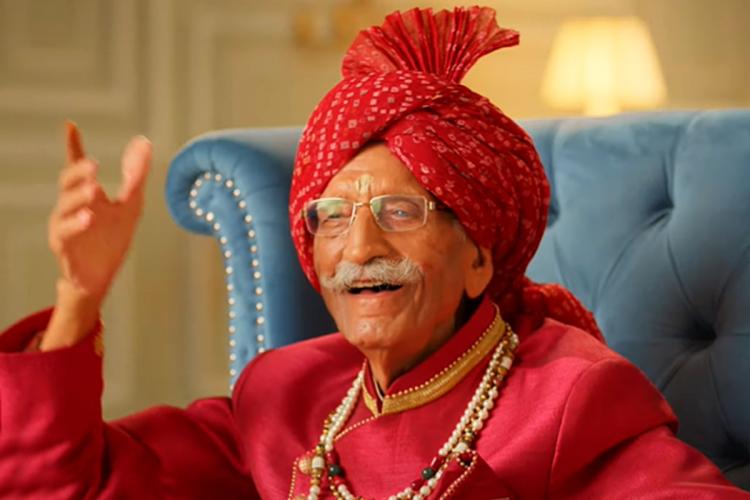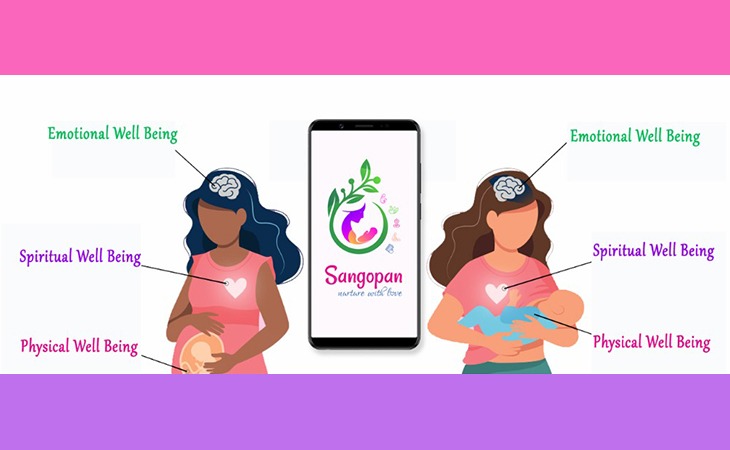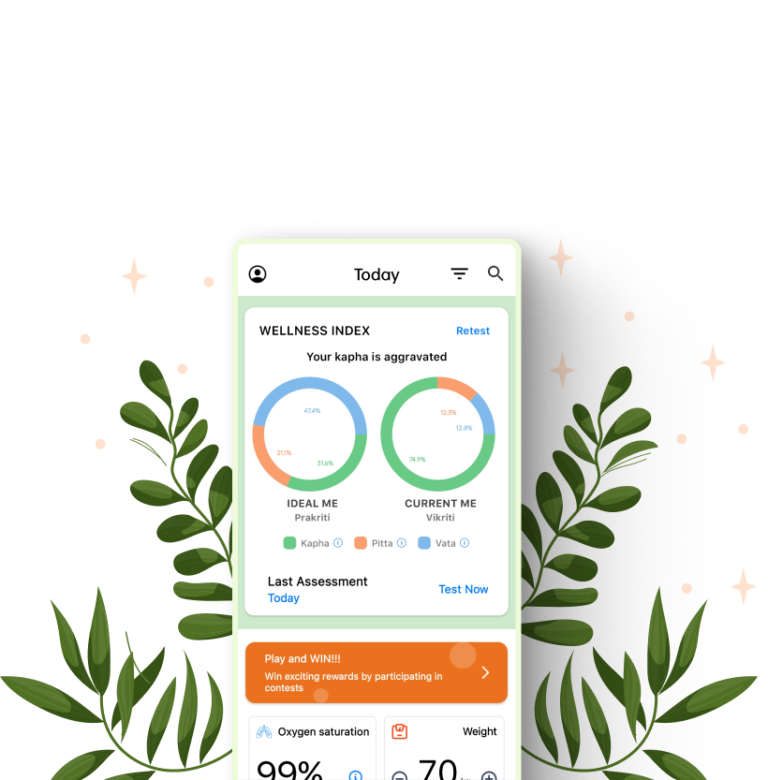In our previous blog posts, we talked about how NICE entrepreneurs could partner with Indian cultural influencers to grow their social media presence. We then spoke about how creating an experience around your Public Relations (PR) packages helps grow your brand image. In this part of our influencer series, we give you a beginner’s guide to measuring the Return on Investment (ROI) of your influencer marketing campaigns.
Influencer Marketing ROI comes in all shapes and sizes. While revenue is the primary form that brands tend to focus on when gauging the effectiveness of their influencer marketing strategy, it takes time for growth to reflect in these numbers. Thus, a boost in sales cannot solely be used as a metric to measure the ROI.
Where do you start?
While setting a timeline for your influencer campaign, here are three key parameters you must note down at the beginning of your influencer campaign.
- The number of followers you have on each of your social media platforms
- The average engagement and demographic of your audience on each of these platforms
- Website traffic impressions and clickthrough rates (CTR)
The changes in these numbers can give you a rough idea of the effectiveness of your campaigns and areas you must focus on.
How can you monitor e-commerce sales?
While calculating sales that were a result of the campaign, you must remember not to get caught up in revenue figures alone. While a boost in sales is the ideal outcome, like with other marketing campaigns, the results may not be visible immediately.
One way to see a better correlation is by asking your influencers to include an exclusive deal to purchase your product for a limited period. You can provide influencers with discount codes or affiliate links to share with their followers. This creates a sense of urgency amongst prospective buyers and can also be used for tracking and reporting purposes.
Calculating ROI
A general formula for the return on investment would be:
ROI = Profit Return / Investment (i.e. Total Amount Spent) X 100

- Investment – This includes shipping and delivery costs, the price of the product samples, and the fees charged by the influencer (if any). You must also include the costs for hours worked by the in-house execution and management team that occurred along the way.
- Profit Return – You must begin by looking at the revenue generated from any promo codes or affiliate links provided to the influencer.
Website Traffic as a Metric of Brand Awareness
A great way to inspect your brand’s growth is to look at the increase in website traffic. An increase in traffic reveals that the brand is on the radar of a host of new customers. While not every visitor would have been converted into a customer, they are aware of its presence. Studies have revealed that it can take up to 8 touches to convert a stranger into a customer.
Working with a greater number of influencers over time will translate into more consumers, making influencer marketing extremely effective.
What other performance metrics can you look at?
In order to generate brand awareness, you’ll need to keep a close watch on the content analytics. While tracking likes and comments is a good start, you must check the post’s reach in other ways. Depending on the goals established by your campaign, you can look at common performance metrics such as impressions, brand mentions, engagement rates, campaign hashtag usage, and likes and comments.
Impressions
Impressions are a count of the number of times your content shows up on social media browsers. This metric is a count of people who are merely exposed to it, even if they did not engage with it. However, even if someone did not like your post the first time it showed up, they are more aware of your brand. This increase in frequency piques their interest the next time a post pops up.
Even though potential customers may not buy your product when they first see it on their feed, they now recognize it and may buy it in the future. The more times your brand pops up on a feed, the prospective customer is more likely to convert.
User-Generated Content
One of the most significant returns from an influencer marketing campaign is the content that is created from it. After the campaign, you will have received a trove of high-quality creative content from experienced content creators. You will also get a lot of authentic content from people talking about your brand and product in the comment sections of the posts. This media can be reposted on your social handles and incorporated into your ads, website, and more with prior permission from the relevant people.
Engagement
Word-of-mouth marketing is a powerful tool with a domino effect that gets people to try your brand’s products for the first time. Showing real engagement is imperative to the brand’s social media presence. Prospective buyers like to look at recent content from people talking about your product.
By resharing posts on stories and amongst themselves, the engagement on the posts continues to rise. With growing popularity, the posts begin to appear on explore pages, leading the brand to a new demographic of potential customers.
Using a campaign hashtag with your brand’s name groups all the advertisements, reels, and posts. People can follow this hashtag to get a comprehensive review of the item. These might be the factors that push a potential buyer to purchase the item.
In the next part of our influencer marketing series, we will be giving you a beginner’s guide to affiliate marketing. As mentioned previously in this article, the provision of promo codes and limited-time affiliate links increases urgency amongst the receivers, converting more prospective consumers into buyers helping you boost your ROI. Stay tuned!





